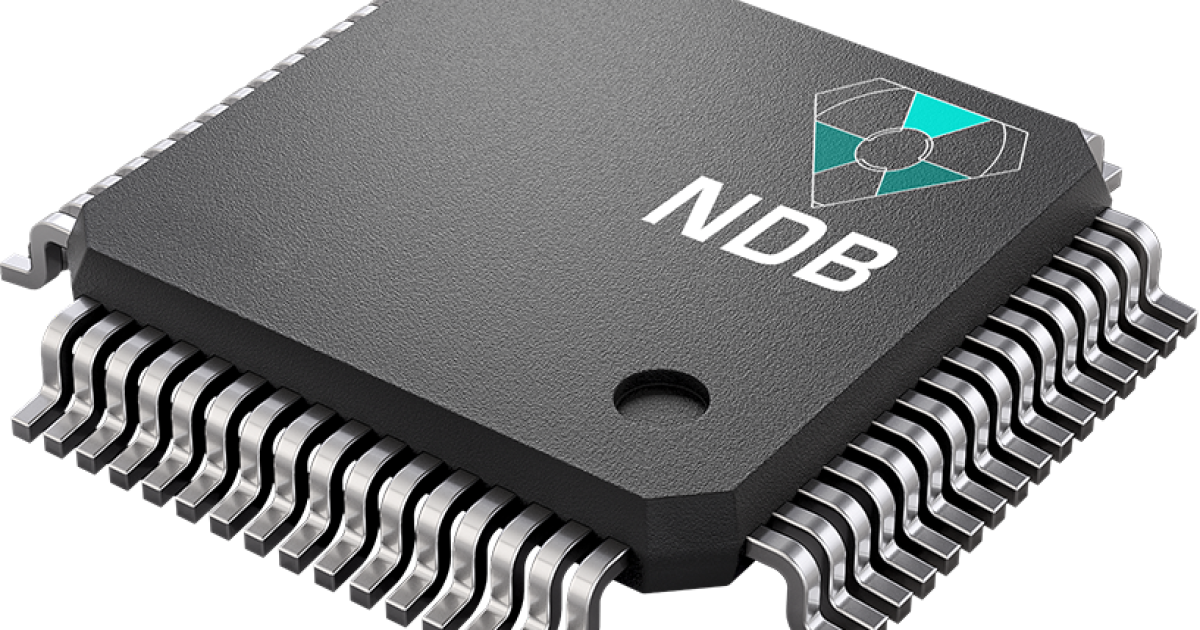deleted by creator
deleted by creator
I think the core idea is that the irradiated graphite trickles out power that’s used to charge the supercapacitor. So, it is a question of how long it takes for the battery to recharge itself. In terms of radiation, I’m guessing the whole idea is to capture majority of it to power the capacitor. Presumably, larger batteries could also have shielding on them.
While I don’t think it’ll be a silver bullet for every situation, it’s definitely a very exciting development because it provides a way to actually use nuclear waste in a productive way. And if this can be used for regular applications such as cell phones and laptops it would reduce huge amounts of waste produced by regular lithium batteries.
we should already be investing in zero batteries tech!!!
“We Don’t Need No Stinking Batteries” by Kim Bellard https://tincture.io/we-dont-need-no-stinking-batteries-5817fe1316d3
Oh wow a new battery invention that won’t come true? Why do we hear about these news only from batteries?
deleted by creator
The idea here is that the isotope charges a supercapacitor which acts as the actual battery. So, it’s kind of like a self recharging battery. It’s obviously not going to work for all applications, but there can be interesting use cases for this. Meanwhile, carbon 14 doesn’t decay rapidly, and basically as long as it’s not vacuum sealed I don’t actually see a problem there. The fact that the isotope is dangerous is true, but any asshat has access to plethora of dangerous chemicals and other substances already. I don’t really see this being any more dangerous. The contents of a typical battery are already toxic.
Finally, cubic zirconium is already a thing.
The idea here is that the isotope charges a supercapacitor which acts as the actual battery.
That’s going to be an extremely niche use case though. It would only be able to power something that uses moderate power for short bursts at a time. It doesn’t matter how good the supercap is if the charge source is extremely weak, and again, something like a phone would use too much power too frequently to be powered off this.
The video I linked to talks about the possibility for diamonds to be burned into carbon dioxide (which isn’t that hard to do), which would release all that radiation as a gas that can absolutely poison people and would be very hard to detect since most people don’t have any means of measuring radiation.
In terms of practicality and energy production, supercapacitors with renewable power sources like solar or wind will probably always be the superior combo to this.
It’s worth remembering about Koomey’s law. Right now it might be a very niche application, but in a few decades that could change significantly. And that’s at least as long it would take the technology to get to market. Perhaps it might not end up in phones, but I can certainly see it being used for anything that needs to have an independent power source without maintenance. I don’t think it replaces solar or wind, but would have different use cases.





